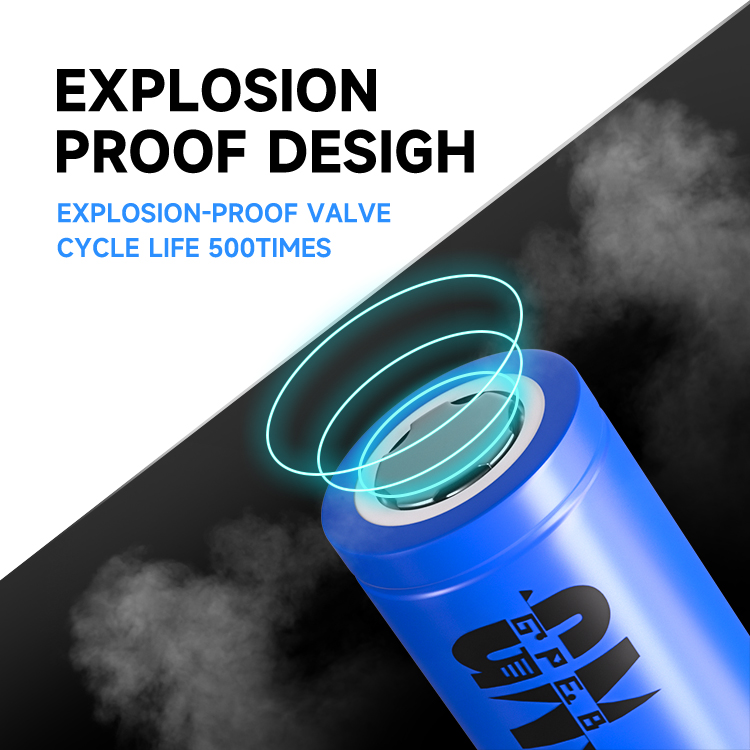


The difference between R6 carbon battery and alkaline battery
First,
both carbon batteries and alkaline batteries are dry batteries, but
they are divided into two types according to their materials.
2. The
full name of carbon battery should be carbon-zinc battery (because its
positive electrode is generally carbon rod, and its negative electrode
is zinc skin), also known as zinc-manganese battery, which is the most
common dry battery at present. It has the characteristics of low price,
safe and reliable use. Since carbon batteries contain the heavy metal
cadmium, they must be recycled to avoid damage to the Earth's
environment. (So we generally use carbon rods as positive electrodes and
galvanized batteries as negative electrodes for recycling).
3.
Alkaline batteries, also known as alkaline dry batteries or alkaline
zinc-manganese dry batteries, are suitable for instruments that require
long-term discharge. The internal resistance of alkaline batteries is
low, so the current generated is larger than that of ordinary
zinc-manganese batteries, and the mercury content of environmentally
friendly alkaline batteries is only 0.025%, which does not need to be
recycled. Based on the environmental protection and high current
characteristics of alkaline batteries, there are more alkaline batteries
in use now.
Fourth, the nominal voltage of both carbon batteries and
alkaline batteries is 1.5V, but alkaline batteries of the same size
have a larger capacity and are more suitable for high-current discharge.
Fifth,
the essential difference between carbon batteries and alkaline
batteries lies in the difference in internal materials. In short, carbon
batteries are composed of carbon rods and zinc skins, but there are
cadmium and mercury in them, which is not conducive to environmental
protection. But it is cheap, so it still has a place in the market, and
alkaline batteries do not contain heavy metal ions, and have high
current, which is conducive to environmental protection. It is the
direction of future battery development!
Sixth, the power of alkaline
batteries is 4-5 times that of carbon batteries, and the price is 1.5-2
times that of carbon batteries. Carbon batteries are suitable for small
current electrical appliances, such as quartz clocks, remote controls,
radios, etc. Alkaline batteries are suitable for high-current electrical
appliances, such as BP players, CD players, electric toothbrushes,
electric toys, and handheld computers.